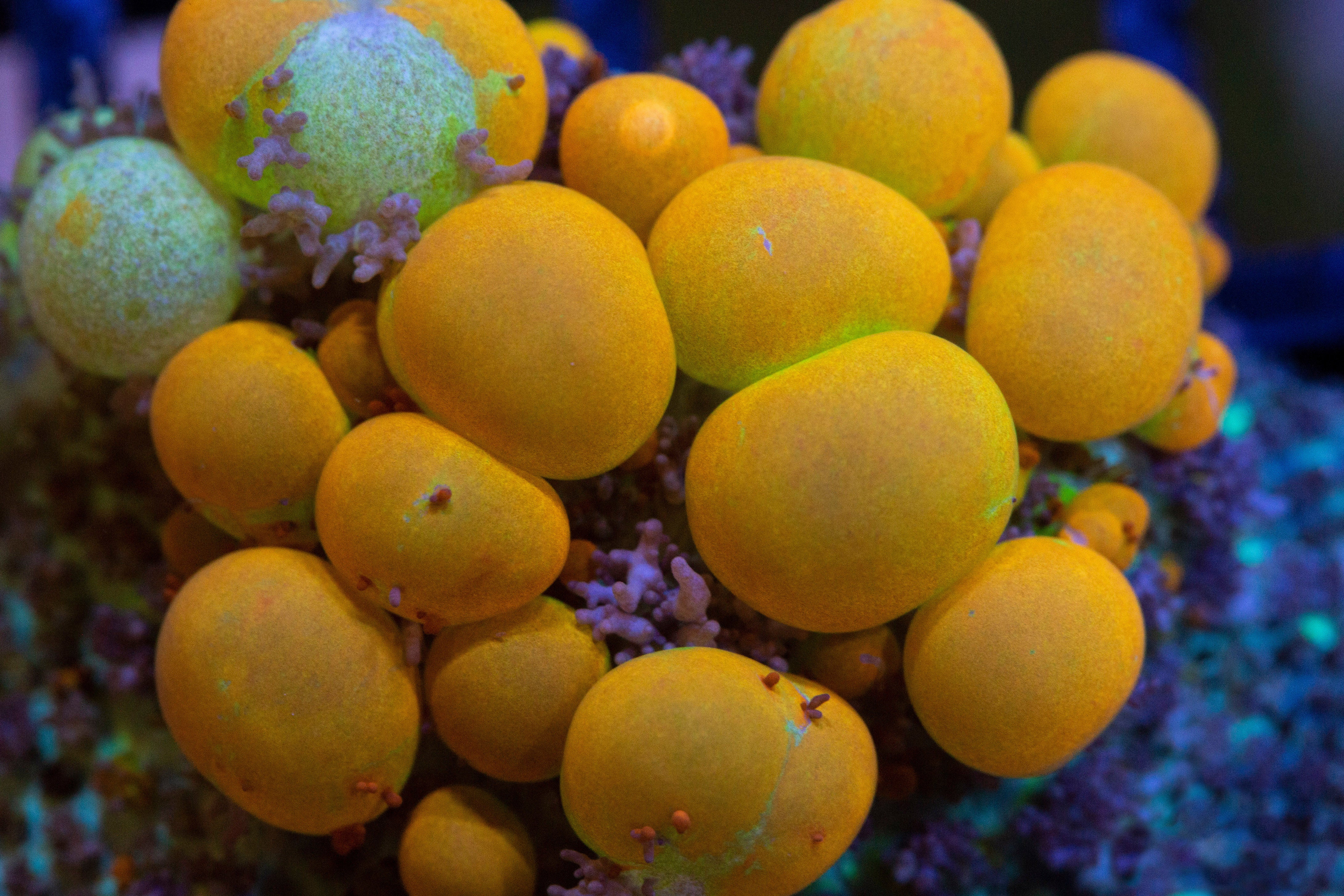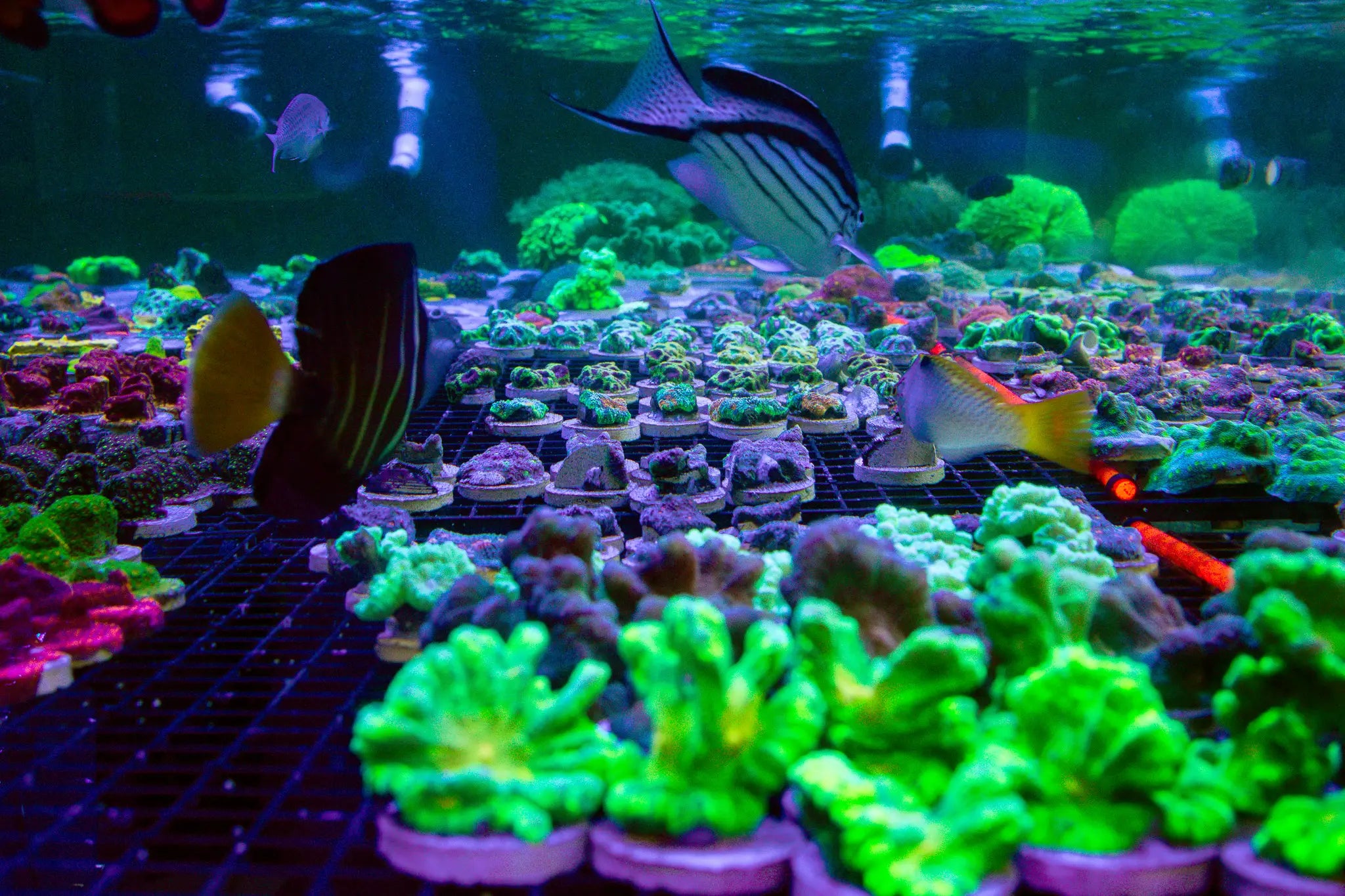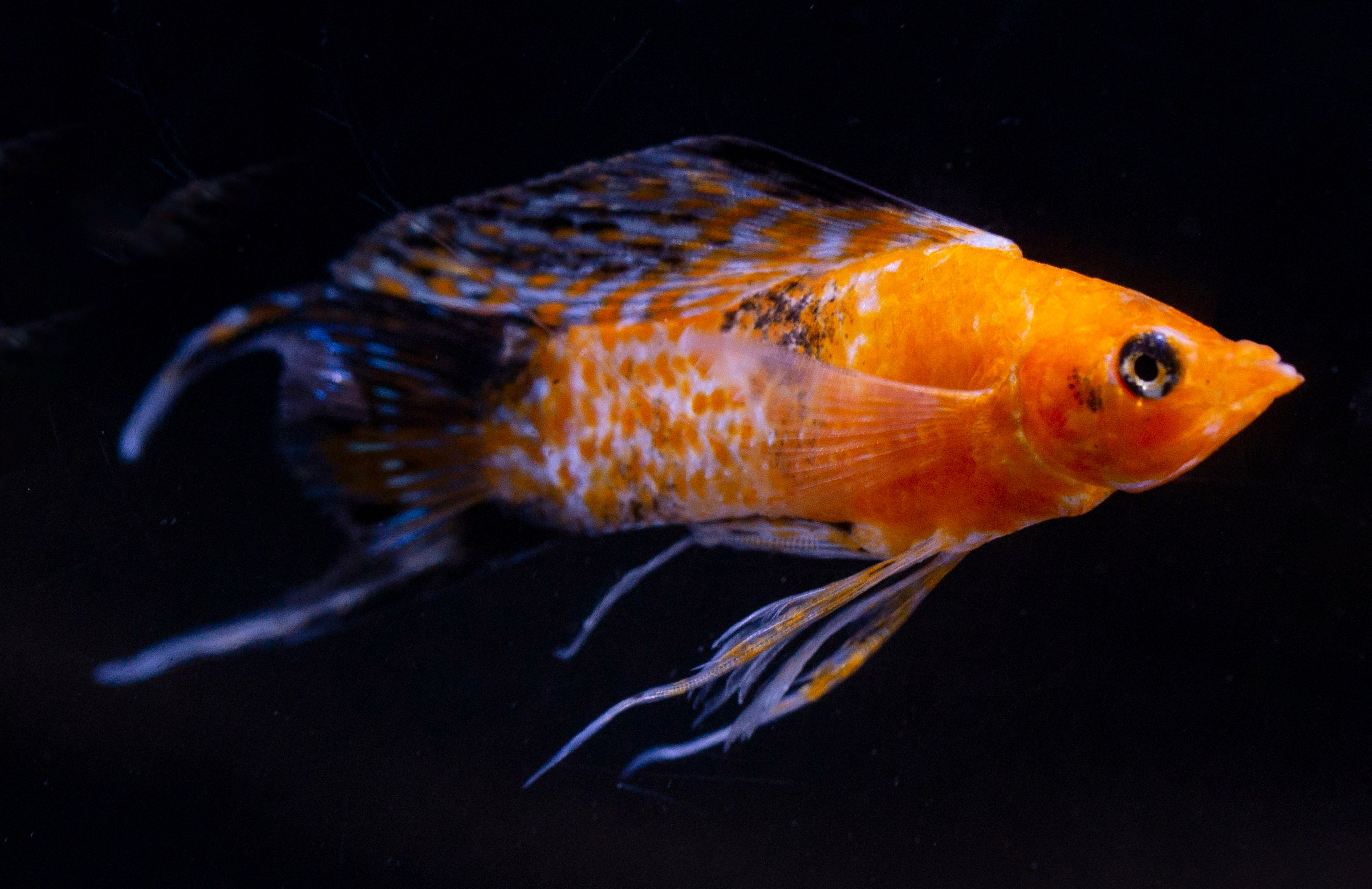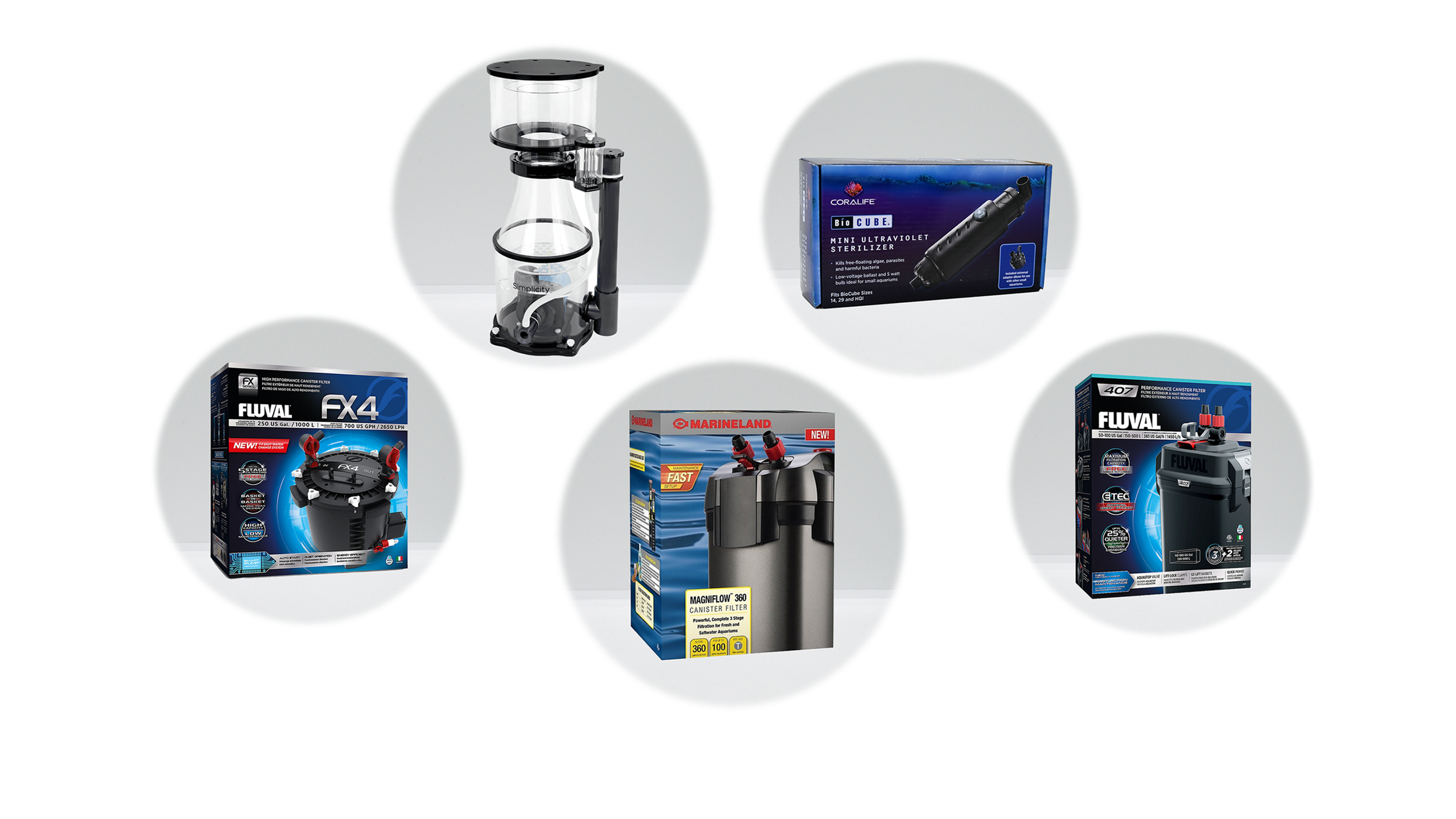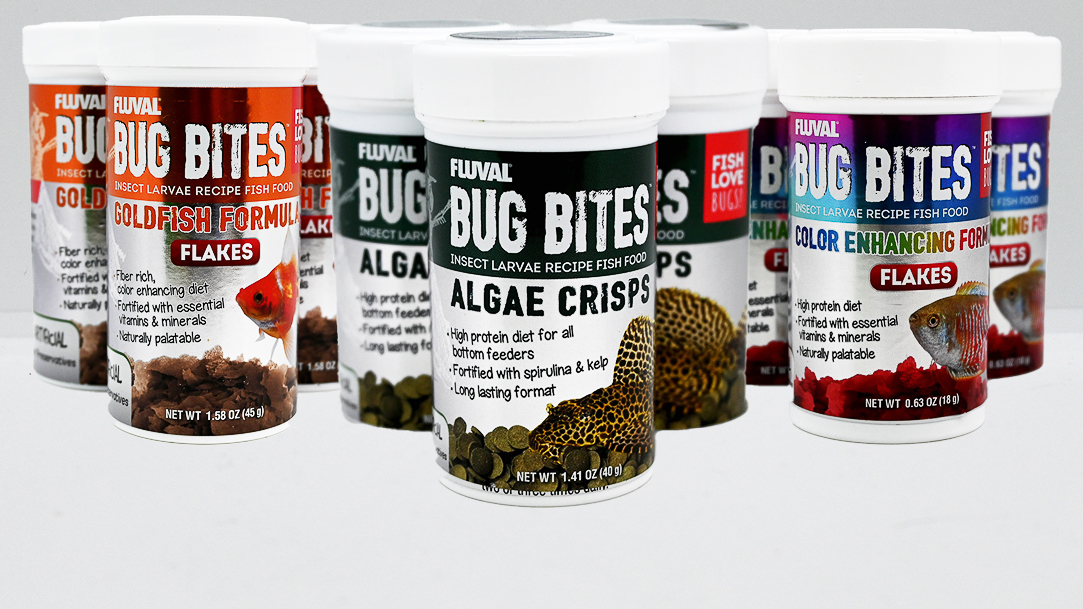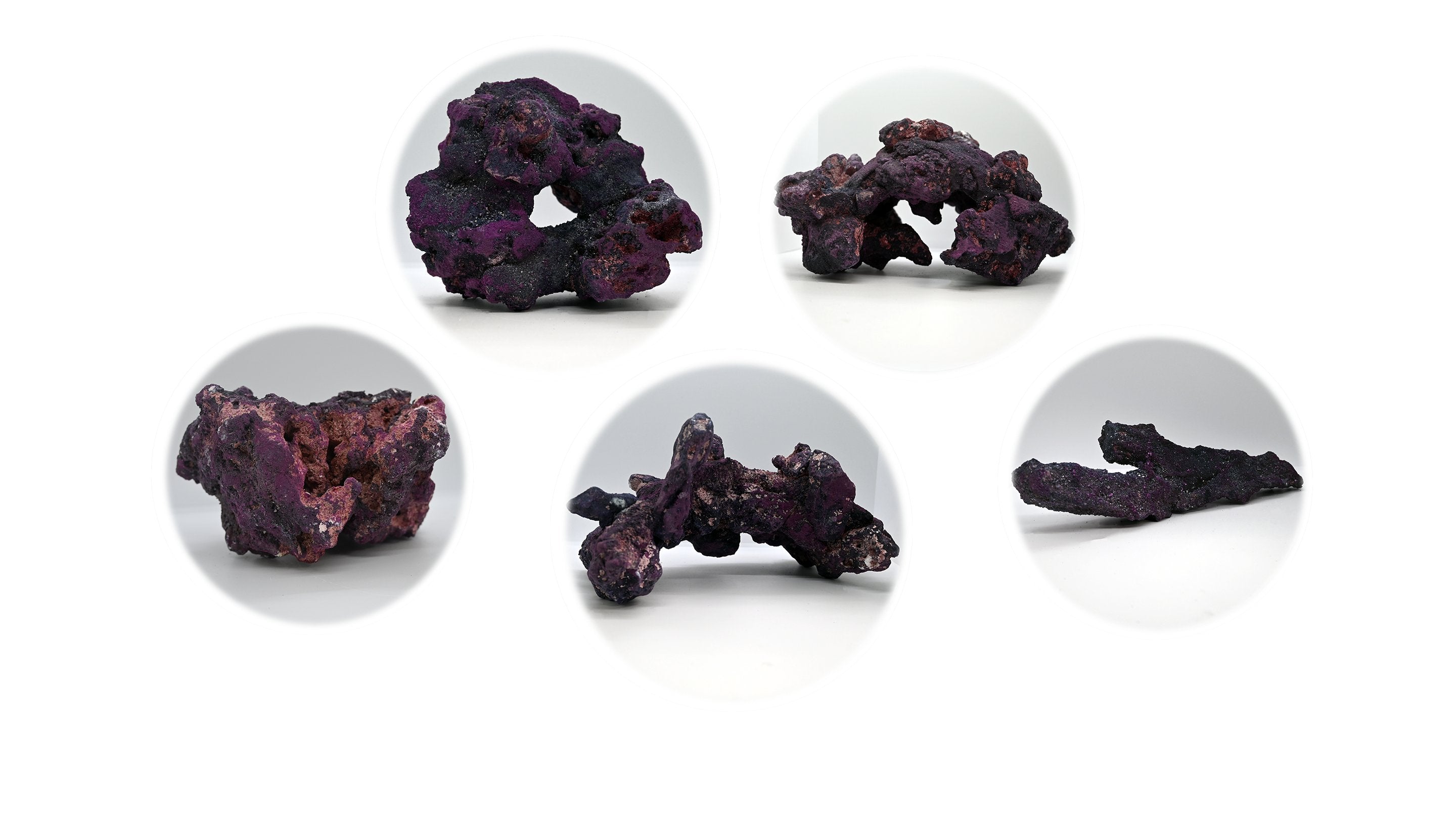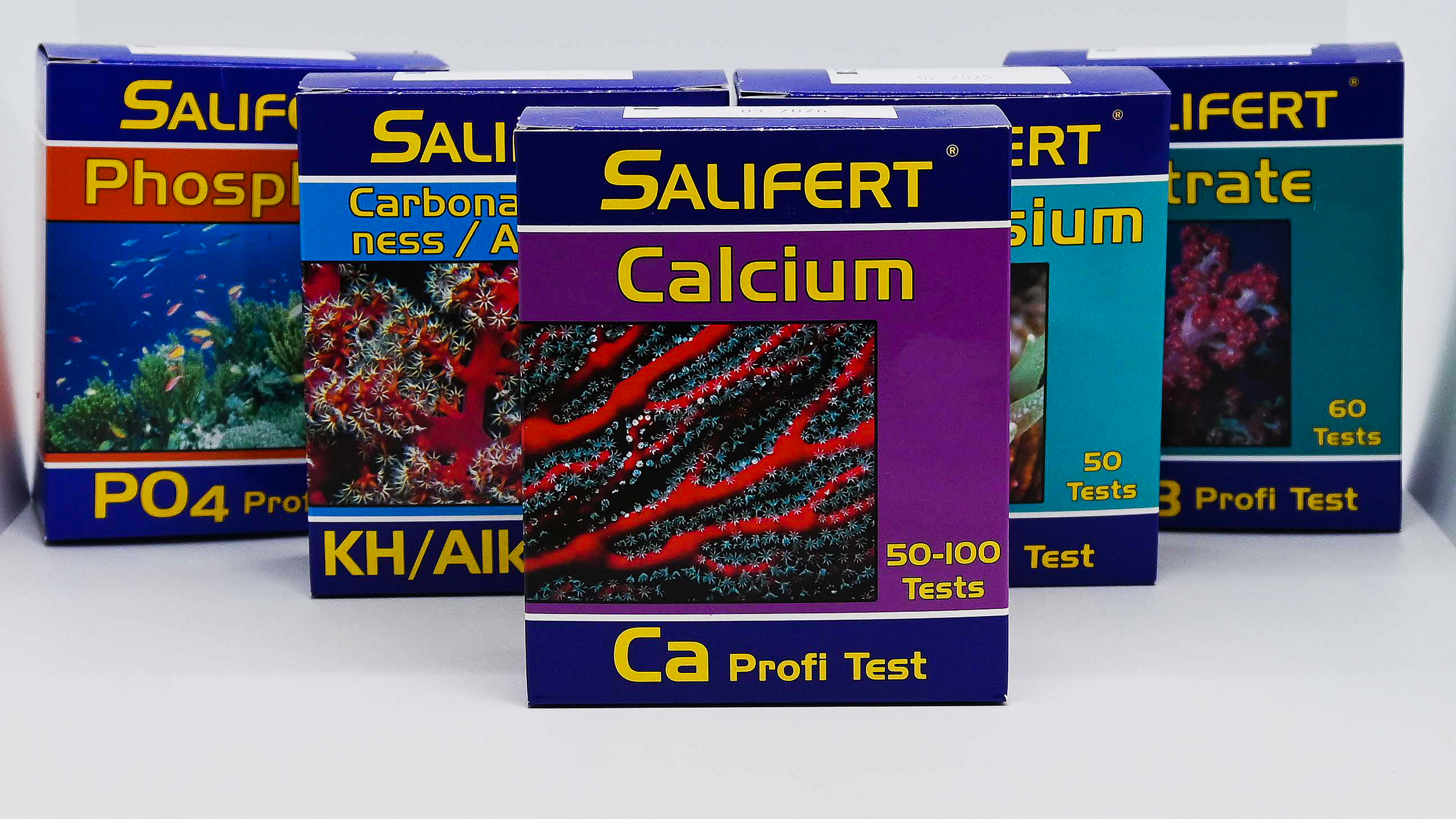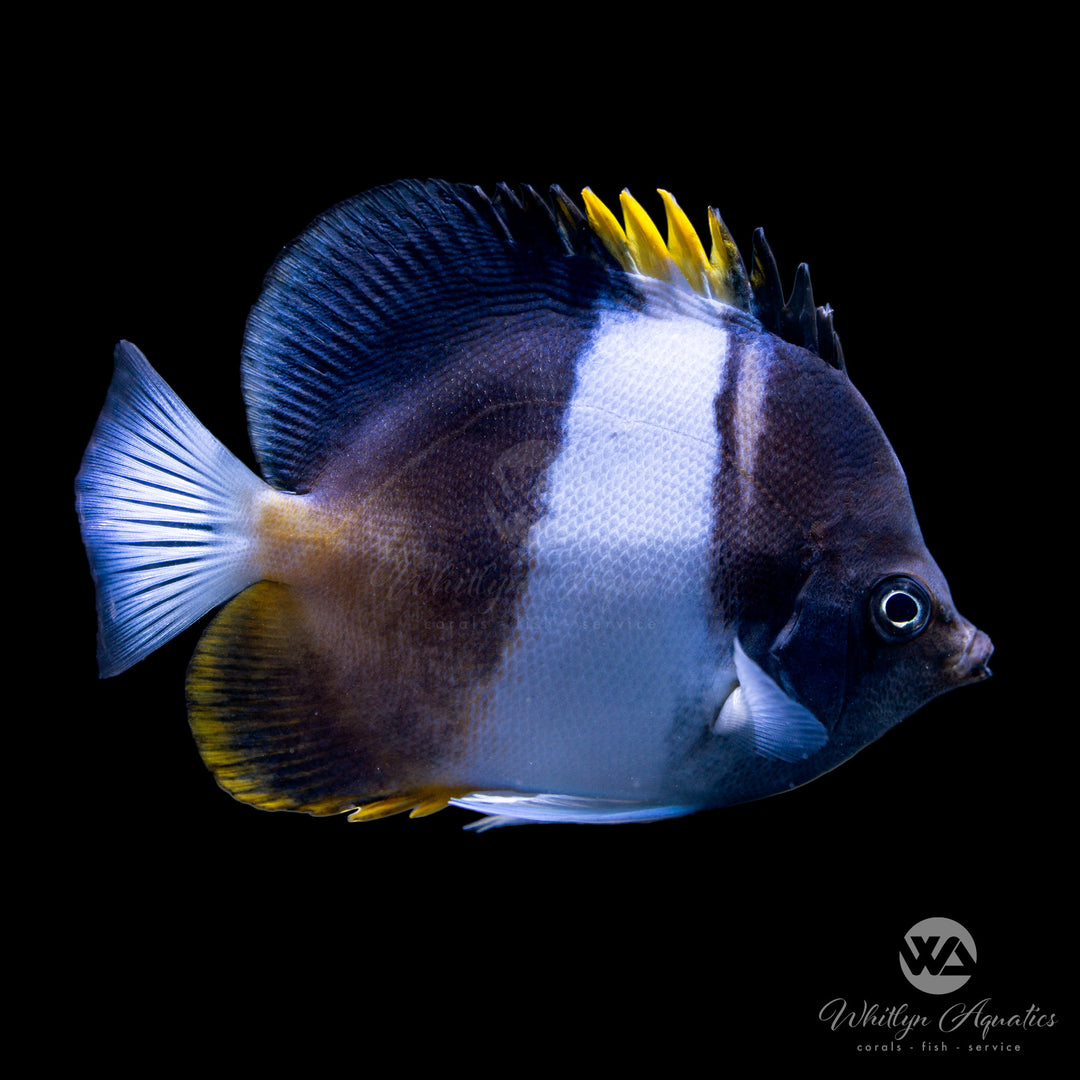
Black Pyramid Zoster Butterfly - Hemitaurichthys zoster
- In stock, ready to ship
- Backordered, shipping soon
Black Pyramid Zoster Butterfly (Hemitaurichthys zoster)
The Black Pyramid Zoster Butterfly (Hemitaurichthys zoster), also known as the Zoster Butterflyfish, is a stunning and peaceful marine species recognized for its striking black and white coloration with a pyramid-shaped marking on its body. This fish is a great addition to community reef aquariums due to its peaceful nature and adaptability to captive environments.
Description:
• Common Name: Black Pyramid Zoster Butterfly, Zoster Butterflyfish
• Scientific Name: Hemitaurichthys zoster
• Family: Chaetodontidae
• Size: Up to 7 inches (18 cm) in length
• Color: Black body with a white triangular patch on the upper half and a yellow dorsal fin.
Native Region:
The Black Pyramid Zoster Butterfly is native to the Indian Ocean, including regions around the Maldives, Sri Lanka, and the eastern coast of Africa. It is typically found in reef slopes and lagoons, swimming in schools along coral reefs.
Aquarium Setup:
• Tank Size: Minimum of 100 gallons (380 liters) for individuals, with larger tanks required if keeping them in groups.
• Water Parameters:
• Temperature: 72-78°F (22-26°C)
• pH: 8.1-8.4
• Salinity: 1.023-1.025 specific gravity
• Diet: Omnivorous; in the wild, it feeds on plankton and small invertebrates. In captivity, it accepts a diet of high-quality marine pellets, frozen foods like mysis shrimp, and enriched brine shrimp. Offer a variety of foods to ensure balanced nutrition.
Care Level:
• Difficulty: Moderate
• Temperament: Peaceful, making it an excellent choice for community tanks. It does not display aggression toward other fish, though it may compete with smaller species for food.
• Lifespan: Up to 8-10 years with proper care.
Behavior:
The Black Pyramid Zoster Butterfly is a social species that often swims in groups in the wild. In captivity, it can be kept either singly or in small groups. It is non-aggressive and peaceful, making it suitable for a wide range of community tank setups.
Additional Tips:
• Tank Mates: Compatible with a variety of peaceful marine fish, including tangs, angelfish, and other non-aggressive butterflyfish. Avoid keeping it with overly aggressive species that may outcompete it for food or space.
• Reef Compatibility: While it is generally considered reef-safe, it may nip at soft corals or invertebrates in some cases, though this behavior is rare.
• Feeding: Provide frequent, small feedings of high-quality food to keep it healthy. It may take some time to acclimate to captive feeding, but once established, it will eat readily.





